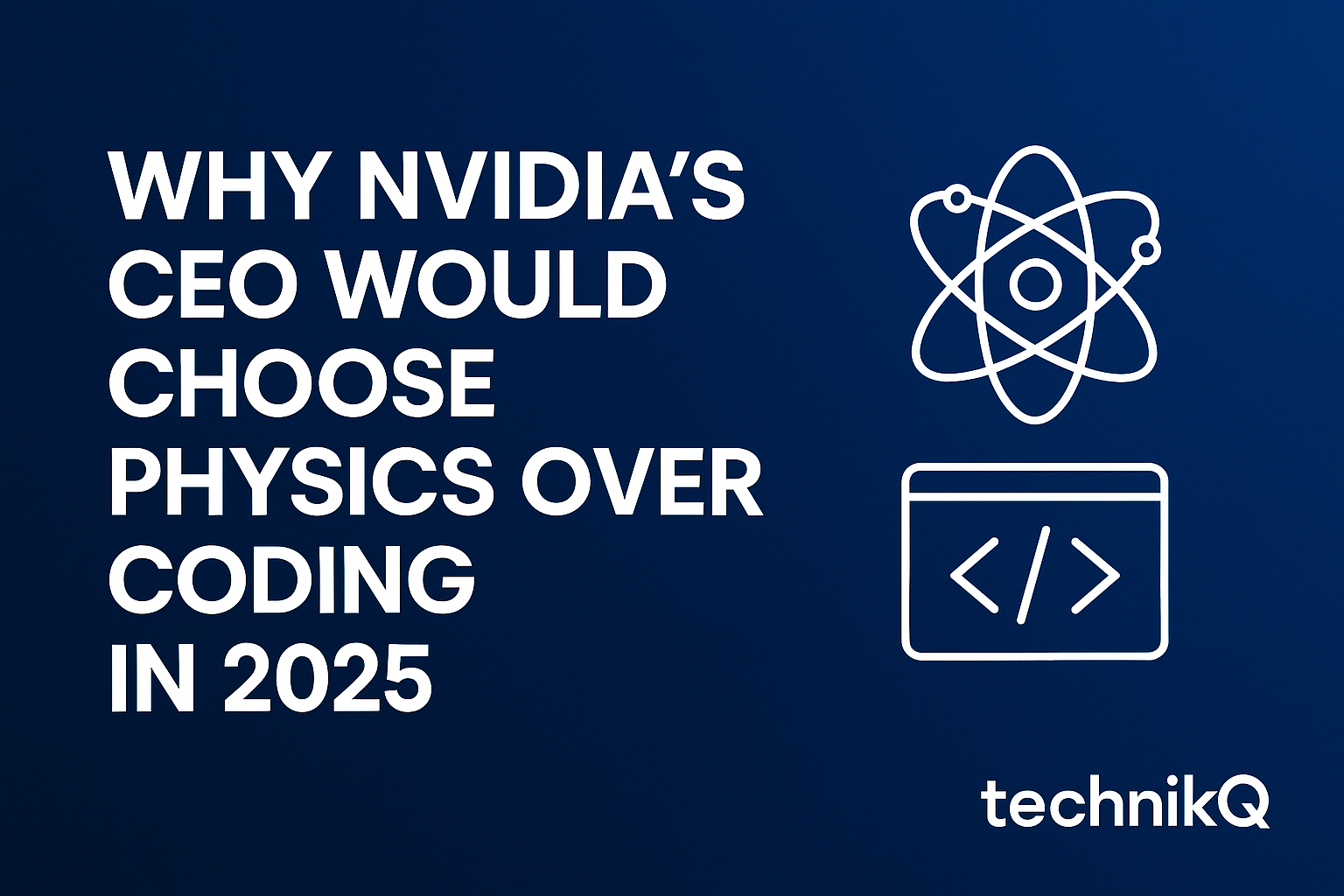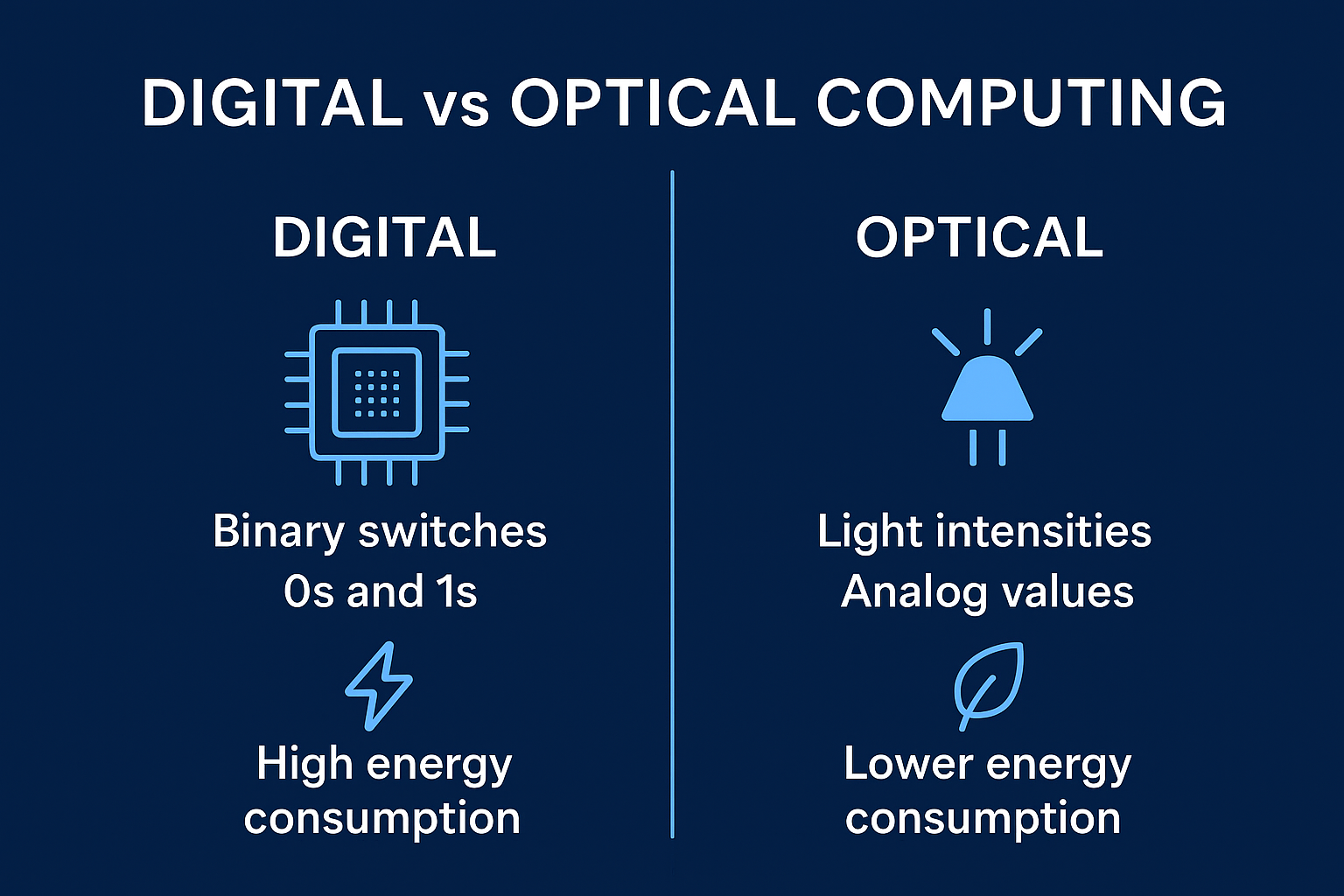Revolutionary AI Breakthrough Transforms Mobile Technology
Scientists develop new neural processing chip that could revolutionize smartphone capabilities and battery life across all devices.
Watch: 5G Network Speeds Tested Across Major Cities
Comprehensive speed tests reveal surprising results about 5G performance in urban versus rural areas with detailed analysis.
iPhone 16 vs Android Flagship: Ultimate Comparison Guide
We put the latest smartphones through rigorous testing to help you make the right choice for your specific needs and budget.
Major Data Breach Affects Millions of Users Worldwide
Security experts recommend immediate action as personal information of users from multiple platforms compromised in recent attack.
Smart Home Devices That Actually Make Life Easier
Our team tests the latest smart home gadgets to find which ones are worth your money and which devices to avoid completely.
Latest AI Trends and Innovations in 2025
Exploring breakthroughs in machine learning, natural language processing, and AI ethics shaping the industry today.
Emerging Technologies to Watch in the Next Decade
Experts weigh in on the most promising tech poised to disrupt markets and daily life soon.
Top Gadget Deals This Week
Save money on the latest gadgets with discounts, bundles, and exclusive offers for readers.




